



Suggested citation: Aggarwal, Dhruvak, Harsha V. Rao and Disha Agarwal. 2022. How can Discoms Optimise Power Procurement Costs? New Delhi: Council on Energy, Environment and Water.
This issue brief examines the economic and operational case for Delhi’s discoms to exit their power purchase agreement (PPA) with Dadri-I and discusses factors that will be relevant to revise discoms’ power procurement frameworks. It analyses Delhi discoms’ power procurement trends to evaluate the costs imposed by an inflexible long-term contract with Dadri-I.
The costs imposed by inflexibility in discoms’ power procurement portfolios was one of the reasons for the power shortages in Delhi and other states starting in March 2022. Other factors included mounting discom payment dues to generator companies, high coal and gas prices in the international market and an earlier than usual heatwave. The electricity supply chain must be made technically and financially capable of managing such shocks in the future. Reducing the fixed cost burden on discoms during non-peak months of the year and making the wholesale power market more reliable are two big opportunities. The role of generators needs to change depending on their cost and efficiency. The starting point for reforms should be a review of discoms’ power procurement portfolio.
Decarbonising the power system is the largest component of measures required to meet the 2070 net-zero target. India will need to lower the contribution of thermal power, and deploy about 222 GW of solar and 122 GW of wind capacities by 2030, and grow these exponentially in the next four decades (Chaturvedi and Malyan 2021). The role of power distribution companies (discoms) is crucial here. Discoms are locked into inefficient procurement contracts in the form of longterm power purchase agreements (PPAs) (Garg 2021; CEEW-CEF 2022). This affects their financial health and imposes costs on end consumers. Hence, reviewing current power purchase portfolios and contracts is essential for creating financial and operational space for cleaner, cheaper and more efficient power, and to meet our decarbonisation targets cost-effectively. We review one such long-term PPA of Delhi1 discoms with the Dadri Stage-I (‘Dadri-I’) thermal power plant and examine the economic and operational case to exit this PPA. Our key findings include:

Delhi discoms’ procurement from Dadri-I has consistently fallen since at least FY 2018-19 because of its rising costs. In FY 2019-20, if the discoms had replaced the 2,039 million units (MUs) purchased from Dadri-I (Delhi SLDC 2020, 2021a) with purchases from the power exchanges (PX) or round-the-clock (RTC) renewable energy (RE) projects, they would have saved INR 650-690 crore. Most of these savings would be due to avoided fixed-cost payments. Even if market prices fluctuate beyond historically observed levels, procurement from the PX would still have been more economical because of avoided fixed-cost payments to Dadri-I. In future, attractive tariffs of RTC RE and constantly escalating coal prices would result in variable cost savings as well. Therefore, cleaner and more flexible options could economically fill the gap in energy procurement after the PPA exit.
PPA exit decisions cannot be based only on an economic assessment and must consider adequacy of cost-effective supply. Since November 2020, while the discoms have scheduled negligible energy from Dadri-I, there is no evidence of adverse impact on supply reliability and procurement costs. The discoms have utilised the flexibility of PX to cater to demand swings. The average variable cost paid by Delhi’s discoms weighted by the energy procured from thermal plants does not show a deviation since November 2020 and has remained below INR 3 per kWh.
Further, even without the 756 MW from Dadri-I, Delhi’s discoms have PPAs with 6,777 MW of capacity (DERC 2021a), which is still over 90 per cent of the all-time peak demand of 7,409 MW observed in Delhi in February 2019 (Delhi SLDC 2021b). In the calendar year (CY) 2021, Delhi saw a demand higher than 7,000 MW only for three hours and a base load of 1,300 MW (Ministry of Power 2022). Thus, given the discoms’ ability to meet demand through the PXs and the opportunity of procuring demand-side resources and cheaper RTC or loadfollowing RE, removing Dadri-I’s 756 MW tied-up under the PPA is unlikely to compromise supply reliability in the medium-term.
Our analysis shows that the PPA with Dadri-I in its current form imposes substantial fixed-cost burden on discoms. Keeping excess thermal capacity tied up in PPAs to meet peak load observed for very short durations or for other rare contingencies is highly expensive and adds to the consumers’ burden.
The Dadri-I case study shows that the PPA exit route presents a significant opportunity to optimise power procurement by discoms. However, it raises the question of the approach and criteria discoms and regulators should consider for resource planning and cost-effective power procurement.
The Ministry of Power’s (MoP) National Electricity Plan has identified 263 coal-based units worth 48.3 GW as candidates for retirement by 2027 based on useful economic life and emissions norms compliance (CEA 2018). The intent of Regulation 17 under the Central Electricity Regulatory Commission (CERC) Tariff Regulations (see Section 1.2) seems to have been to provide a legal basis for a commercial arrangement for plants older than 25 years to recover costs based on scheduled energy. Several states, such as Delhi, Haryana, Madhya Pradesh, Andhra Pradesh and Chhattisgarh, have requested the MoP for surrendering capacity in PPA-tied central sector generating stations (CSGS) (Garg 2021).
As more states seek to give up traditional PPA allocations in old CSGS, the MoP and the CERC must draw up a framework for examining the case to exit and reaching a new commercial arrangement, if needed. Along with rationalisation of PPA allocation among states, the framework must integrate system reliability assessments and requirements for installing emission control equipment, and clarify alternate revenue streams for power plants whose PPAs may be expiring but can operate at a low cost. The Maket-Based Economic Dispatch (MBED) and ancillary services market could be such avenues.
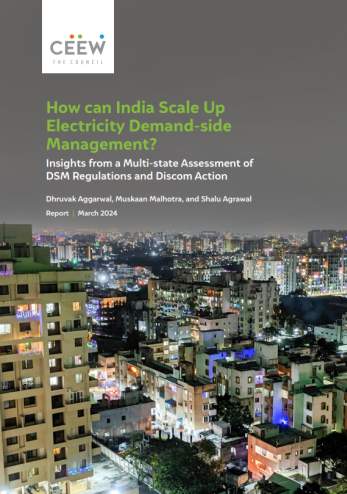
How can India Scale Up Electricity Demand-side Management?
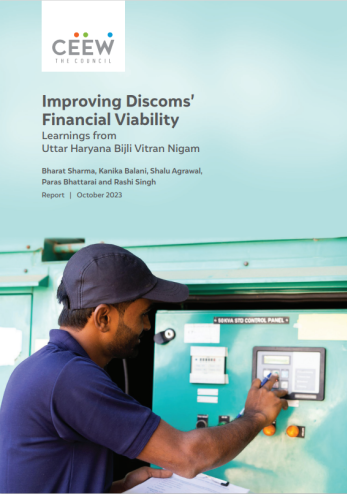
Improving Discoms’ Financial Viability
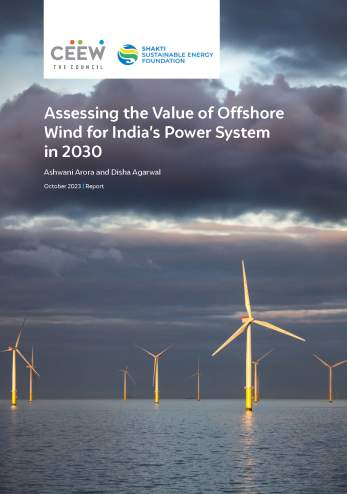
Assessing the Value of Offshore Wind for India’s Power System in 2030
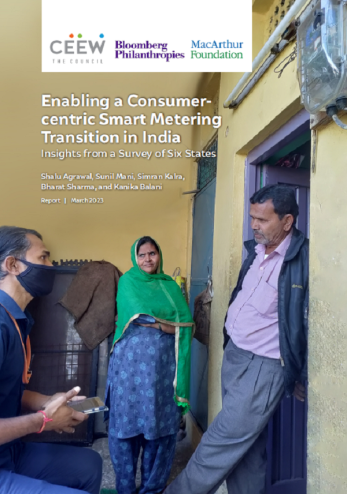
Enabling a Consumer-centric Smart Metering Transition in India
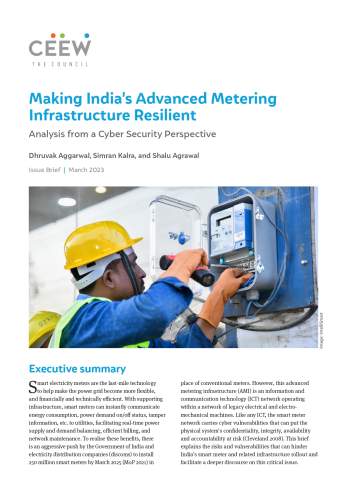
Making India’s Advanced Metering Infrastructure Resilient